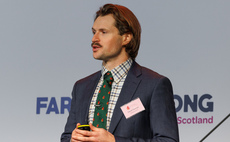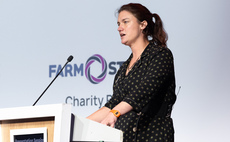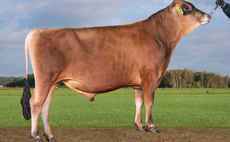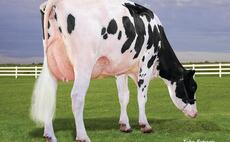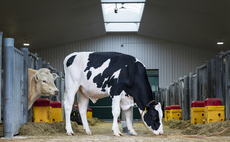Author profile
Politics
This week from Farmers Guardian editor Katie Jones
Livestock
Black soldier fly farming is a ‘circular economy powerhouse' and provides an opportunity to solve two major challenges – sustainable protein production and organic waste managemen
Dairy
Inspiring the next generation of dairy entrepreneurs was the title of Ifan Roberts' Nuffield
Livestock
Dairy goat farmer, Rachel Yarrow, has put her Nuffield research into practice and this year has grazed her entire herd of 300 goats outside
Dairy
All appears to have changed among Jersey sires in the December AHDB rankings, but this reflects a switch of focus to young bulls with genomic indexes, which are now widely used by UK farmers
Dairy
OCD Trooper Sheepster holds firmly on to its lead in the daughter-proven Holstein sires ranking
Dairy
The latest dairy bull proofs have been released by AHDB
Politics
This week from Farmers Guardian editor Katie Jones
Politics
This week from Farmers Guardian editor Katie Jones
Politics
This week from Farmers Guardian editor Katie Jones


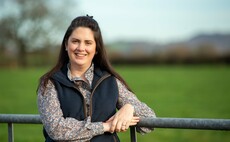
 11 December 2025
•
2 min read
11 December 2025
•
2 min read
